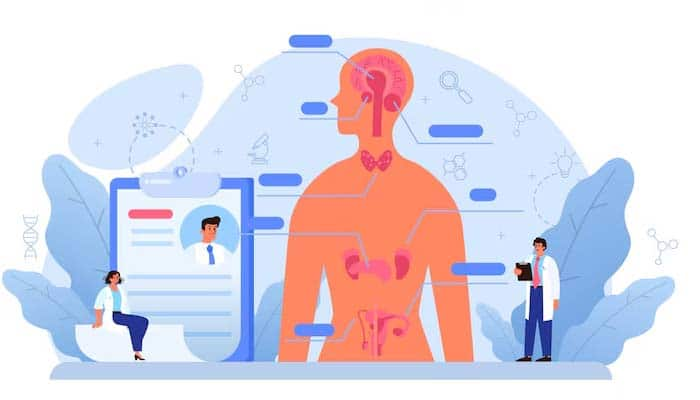Endocrine-disrupting chemicals pose serious health risks, including hormonal imbalances, fertility issues, and long-term illnesses. By choosing safer alternatives and reducing exposure, individuals can protect themselves from the hidden toxins.Endocrine-disrupting chemicals (EDCs) are synthetic or naturally occurring substances that interfere with the body's hormone system.
These chemicals can be found in a wide range of everyday products—from personal care items to household materials—often exposing individuals unknowingly. Understanding their impact is crucial for minimizing health risks and making informed choices.EDCs are chemicals that disrupt hormone production, regulation, or function.

They mimic, block, or alter the body's natural hormones, leading to various health complications over time.Common sources of exposure include:Plastics and food packaging (BPA, phthalates)Personal care products (parabens, triclosan)Cleaning supplies (certain detergents and disinfectants)Pesticides and herbicides (atrazine, glyphosate)1. Hormonal Imbalance and InfertilityEDCs can disrupt estrogen, testosterone, and thyroid hormone levels, leading to reproductive issues.
Research has linked fertility struggles, early puberty, and hormonal disorders to prolonged exposure.2. Increased Risk of CancersExposure to certain EDCs, like BPA and parabens, has been associated with an increased risk of hormone-related cancers, including breast, ovarian, prostate, and testicular cancer.
3. Developmental and Neurological EffectsPregnant women and young children are particularly vulnerable to EDCs. Studies suggest these chemicals can affect brain development, learning abilities, and cognitive function over time.
4. Metabolic Disorders and ObesityEDCs interfere with insulin regulation and metabolism, increasing the risk of diabetes and obesity. Some disrupt normal appetite control mechanisms, leading to weight gain.
5. Immune System DysfunctionProlonged exposure to EDCs may impair the immune system, making individuals more susceptible to allergies, infections, and autoimmune disorders.1.
Choose BPA-Free ProductsOpt for glass, stainless steel, or BPA-free plastic when storing food and beverages. Avoid heating food in plastic containers.2.
Use Natural Personal Care ProductsLook for paraben-free, phthalate-free, and fragrance-free skincare and cosmetics to minimize exposure to harmful chemicals.3. Read Labels on Cleaning SuppliesChoose eco-friendly, non-toxic cleaning products that don’t contain harsh disinfectants or solvents.
4. Eat Organic and Whole FoodsReduce pesticide exposure by consuming organic produce, hormone-free dairy, and grass-fed meats.5.
Filter Your Drinking WaterInvest in a high-quality water filter to remove potential contaminants, including chemical residues.6. Be Cautious with Receipts and Canned FoodsAvoid prolonged handling of thermal paper receipts, which may contain BPA.
Opt for fresh or BPA-free canned foods when possible..
Top

Health Risks: Endocrine disrupting chemicals from hidden toxins in Everyday products

Endocrine-disrupting chemicals pose serious health risks, including hormonal imbalances, fertility issues, and long-term illnesses. By choosing safer alternatives and reducing exposure, individuals can protect themselves from the hidden toxins.











